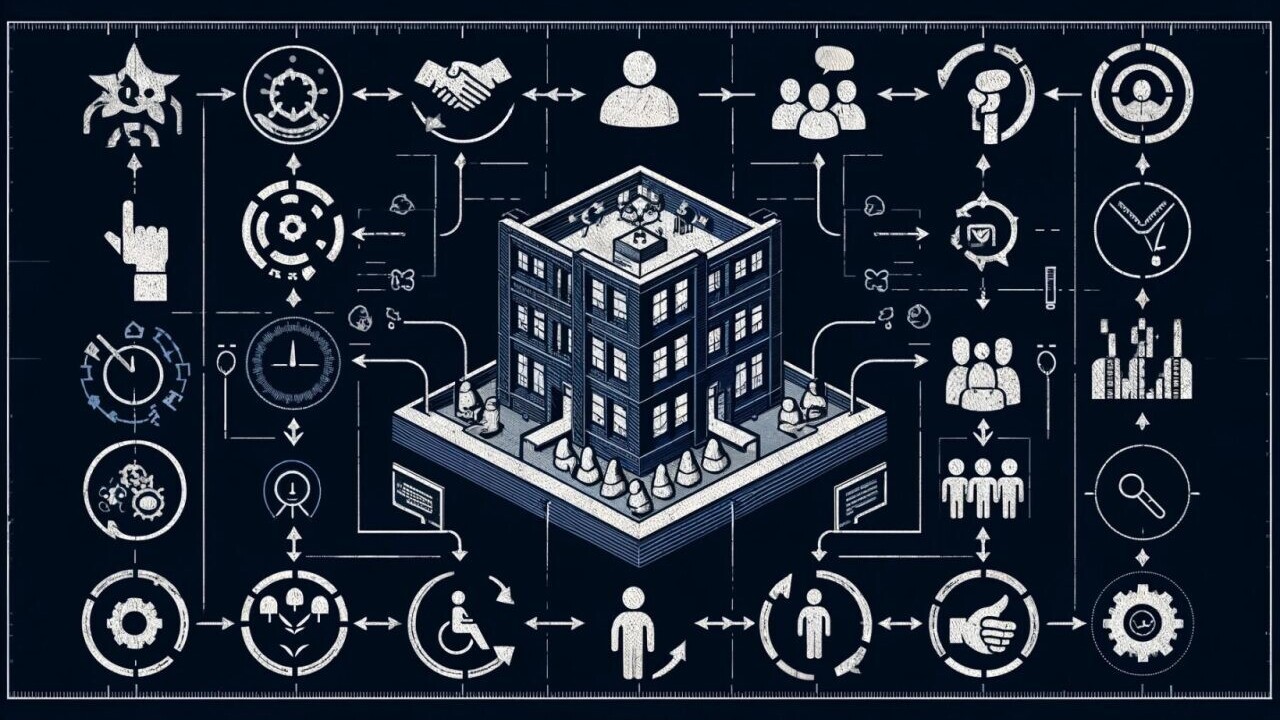
In today’s deeply divided world, where a spirit of isolationism and separation seeks to undermine the ideal of community and unity, those of us who understand that purposeful inclusion — rather than performative diversity programmes — is the alchemist’s stone must be clearer. Inclusion is simple, but it is not easy.
There is ample evidence to suggest the ROI of investing in D&I. McKinsey & Company reported in 2020 that companies in the top quartile for gender diversity on executive teams were 25% more likely to have above-average profitability than companies in the fourth quartile. For ethnic and cultural diversity, top-quartile companies were 36% more likely to achieve above-average profitability.
A previous McKinsey report highlighted that companies with the most ethnically/culturally diverse boards worldwide are 43% more likely to experience higher profits. This is evidenced again in a study by Boston Consulting Group that showed companies with more diverse management teams have 19% higher revenue due to innovation.
Research by Catalyst also found that companies with the highest percentages of women board directors outperformed those with the least by 53% on return on equity, by 42% on return on sales, and by 66% on return on invested capital.
Why D&I efforts fall short
There are various reasons why some companies have only seen meagre returns from their D&I efforts. A common example is that they were implemented only as a superficial measure or a response to external pressures without a genuine commitment to change.
Initiatives are likely to fail if they are poorly designed, lack proper planning, do not account for organisational culture, or fail to engage all levels of the organisation. Even a well-designed inclusion strategy can fail long-term if businesses fail to invest in ongoing efforts and integration into the company’s strategic goals leading to short-term gains that dissipate over time.
The simple truth is that intention without attention is like a rowboat without oars; drifting along propulsion-less in a sea of wishful thinking. A blueprint is required for lasting success.
There is an interesting article entitled “How to Make a Blueprint Drawing” on the Center for Architecture’s Website, it offers readers a five-step process which summarises as follows:
Begin by familiarising yourself with any new architectural components and their integration. Then, visualise what you want to build; next, start sketching your concept with broad strokes, outlining the structure before refining it with details such as windows and doors.
Then accurately label the architectural features in your drawing. Finally, showcase the blueprint of your design.
For those of us interested in creating a blueprint for an inclusive workplace, we could do worse than adapting a similar five-step process:
Step 1: Learn about diversity and inclusion fundamentals
First, we must clarify what inclusion means to us personally and why it matters. Much like a seed contains the plant’s blueprint, the inclusion ideal and its practices gradually become part of the organisation’s collective consciousness, influencing thoughts, actions, and traditions over time. This ensures that everyone, regardless of identity, benefits from the tailwinds to help them drive innovation, excellence, profit, and performance.
For every organisation achieving this is a matter of both learning and unlearning. Even our most sophisticated clients find value in the reminder that words matter, such as reminding themselves that bias is a feature rather than a flaw.
It is part of the human condition, but those of us who learn to recognise and overcome our unconscious bias become impactful stewards of inclusion. It helps to remember that prejudice is not the same as discrimination; equality differs from equity; diversity is not inclusion; and management is distinct from leadership. These clarifications help us hold space for change.
A lack of proper education on these topics has resulted in flawed practices and misrepresentations, such as unconscious bias training being perceived as punitive. Misusing terms like “diverse” to describe individuals (e.g., “a diverse hire”) is another common error.
Diversity is a fact — we are all unique — and inclusion is the feeling of being treated equitably despite differences. This foundational understanding is critical for developing a rich, dynamic work environment.
Step 2: Envision your inclusive workplace
Take a moment to imagine an inclusive workplace. Create a vivid mental picture of this environment, what does it look like to you and how would it feel?
Picture it as an emotional tax-free haven, how much easier and more rewarding would it be to work there? This vision is your “why.”
A business “why” is often memorialised in a vision statement. Bloomberg’s D&I mission of “Inclusion of all, exclusion of none” is a clear, measurable example. At this stage we also need to define the “what” — what is your ideal of workplace inclusion?
Step 3: Draft your inclusion blueprint
A great vision statement is concise, inspiring, and forward-looking, clearly articulating a compelling future state that motivates and unites all stakeholders towards shared long-term objectives. It should be easy to understand, resonate emotionally, and reflect the unique values and aspirations of the organisation.
One of our clients, L’Oréal, provided a compelling example of the company’s vision “to be the most inclusive beauty leader and contribute to a society in which everyone can live safely, peacefully, and equally.”
A vision must be articulated clearly so the team can engage with it. You will have to craft and narrate a compelling change story which should describe what’s in it for individual employees and what’s in it for the business. It must paint a picture of a preferred future and build a sense of urgency, not anxiety.
Simon Sinek’s Golden Circle astutely observed the difference between understanding the organisation’s what, how, and why. He notes that very few organisations know why they do what they do. This “structural” phase sets the foundation for more detailed planning.
Step 4: Detail your inclusion practices
Refine your inclusion blueprint by adding detailed actions and initiatives that will bring your vision of an inclusive workplace to life. This might include specific training programmes, employee resource groups, feedback mechanisms, and policies that ensure equitable treatment and opportunities for all.
Label these practices clearly within your blueprint, setting measurable goals aligned with the business strategy to foster diversity, equity, inclusion, and belonging within the organisation.
Achieving inclusion requires a comprehensive strategy, integrating efforts from the top leadership, through the middle management, to the grassroots level. We illustrate this by talking about how you braid hair.
Before you can start weaving it together, it must be untangled; in D&I this is the sobering process of addressing systemic biases and disparities within an organisation. This detangling is vital, particularly in sectors like technology and other elite fields, where exclusionary practices have often unwittingly been designed into processes.
These tangles might include both glass ceilings and class barriers. Before you can implement the inclusion blueprint, organisations must confront and clear away these inclusion barriers. If organisations fail to address these issues, they will be woven into the cultural fabric and perpetuate exclusion.
After addressing these systemic issues, the braiding process can begin with a collective effort to weave together the leadership who steer from the top; managers who fuel from the middle and the wider staff who drive it from the grassroots.
This transformation is not linear but initiates a cascading effect, where changes at one level inspire shifts across the organisation, embedding inclusion at every layer.
Step 5: Share and implement your plan
Once you have finalised your blueprint, share it throughout the organisation through internal communications, meetings, and workshops. Solicit feedback from employees at all levels to refine and enhance your inclusion strategies.
Implement your plan with dedication and accountability, making it visible and understandable to everyone within the organisation, and clarifying how each individual contributes to fostering an inclusive workplace.
Organisations can foster a culture of diversity and inclusion by following a structured process that involves learning, envisioning, planning, detailing, and implementing inclusion strategies.
This approach not only enhances employee well-being but also drives innovation and excellence. The blueprint acts as a roadmap ensuring that diversity and inclusion principles are not just aspirational goals but integral parts of the organisational ethos and practice.
Paul Anderson-Walsh is CEO of ENOLLA Consulting, a Human Inclusion Consultancy that transforms organisational culture by elevating inclusion.
Get the TNW newsletter
Get the most important tech news in your inbox each week.





